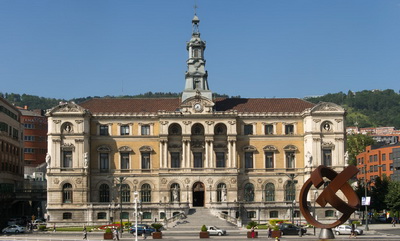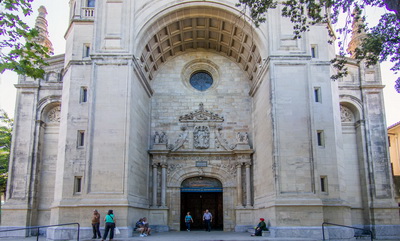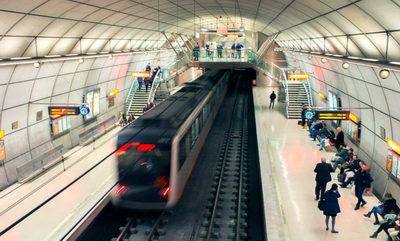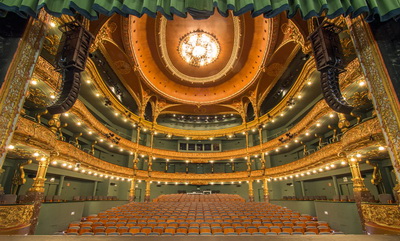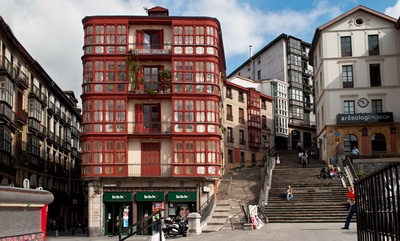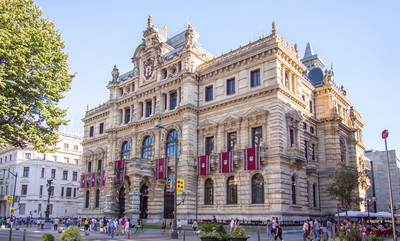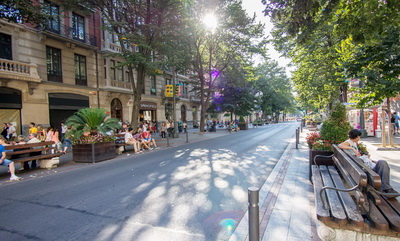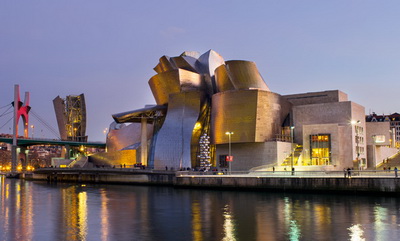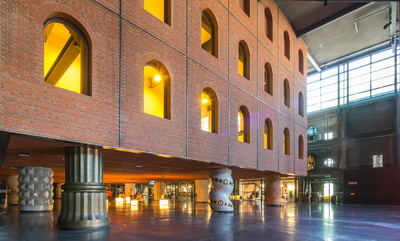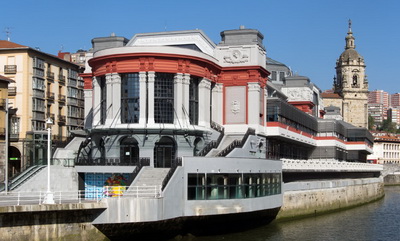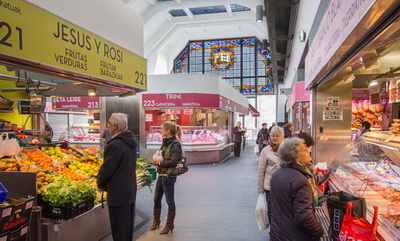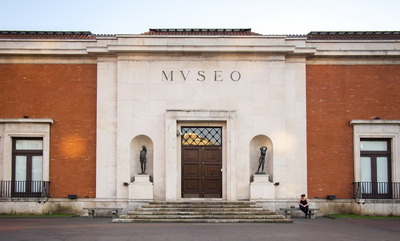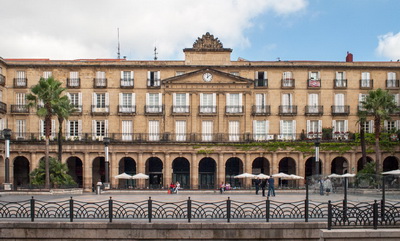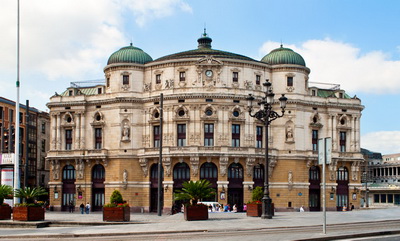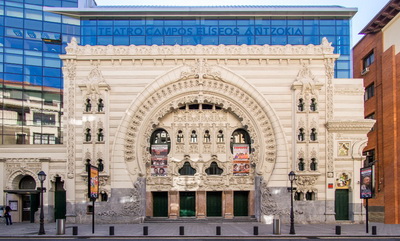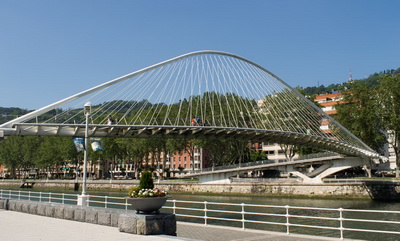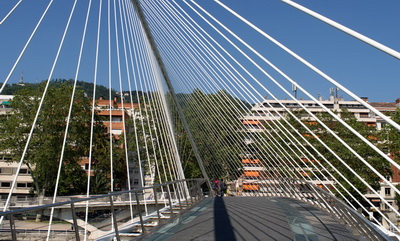The city of Bilbao is situated on the northern side of Spain, close to the coastline and nearby beaches. Bilbao is a particularly historic city, with a legacy of old buildings and a rich culture, based around Old Town Bilbao, in the Casco Viejo area.
Stretching for some 14km beside the Río Nervión, Bilbao is a large city that seldom feels like one. Even though its urban sprawl now fills the narrow valley, you can always see the green slopes of the mountains to either side beyond the high-rise buildings of the city centre. Bilbao’s great achievement has been to reinvent itself since the collapse of its traditional industrial base at the end of the last century. The dramatic success since 1997 of the Museo Guggenheim, which transformed a postindustrial wasteland right in the city centre into a major tourist attraction, triggered further visionary redevelopments that continue to this day, including the construction of a new metro and airport.
Holding around 350,000 people in its urban core, and a further 500,000 in the metropolitan district, modern Bilbao is much the biggest city in the Basque Country, and serves as the capital of Bizkaia province. While it can’t match San Sebastián for beaches, or sheer prettiness, Bilbao still has plenty to offer, from its exuberant cutting-edge architecture and stimulating museums, to the lively alleyways of its old town, the Casco Viejo, and its friendly inhabitants.
From the compact old town, at the eastern edge of the city centre on the river’s right bank, an easy and pleasant stroll leads all the way to the Guggenheim, crossed by way of the showpiece Zubizuri footbridge. Only when Bilbao industrialised, in the nineteenth century, did it expand back onto the left bank, to create the much larger new town, or Ensanche. All but encircled by a huge loop in the river, this remains the commercial heart of the city, with its broad avenues radiating from the central Plaza Moyúa.

